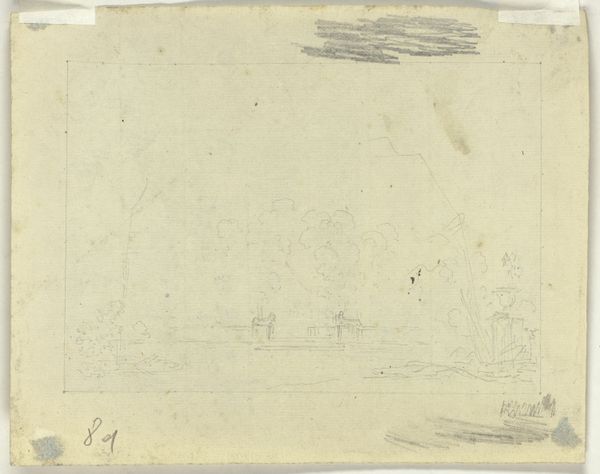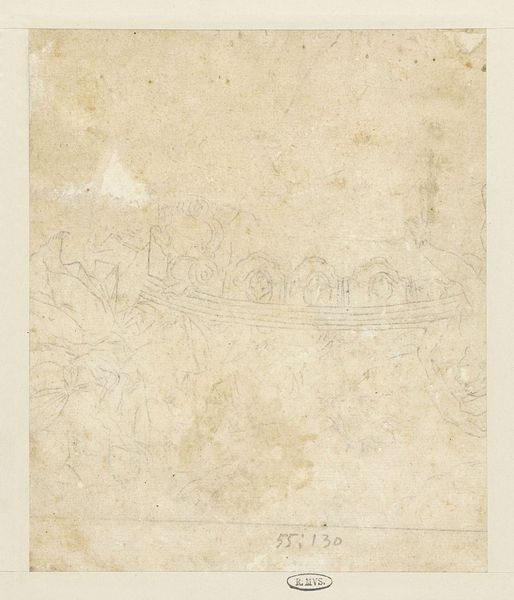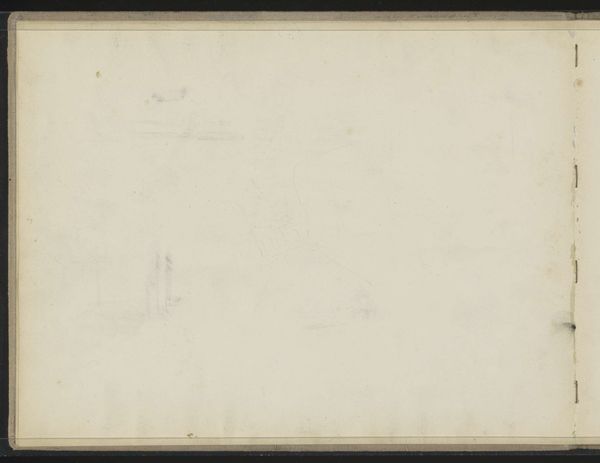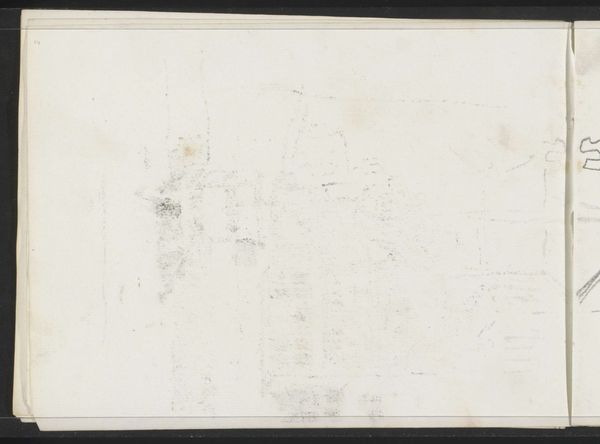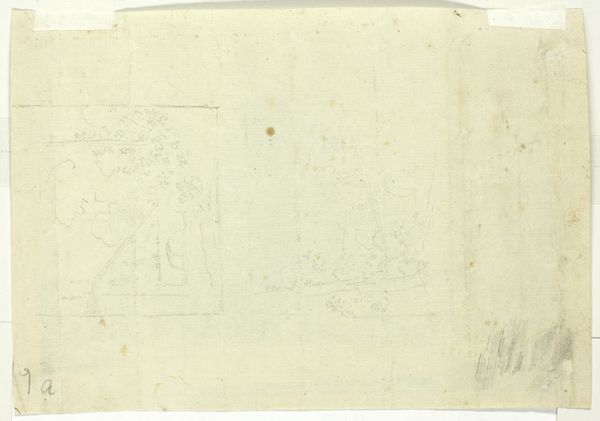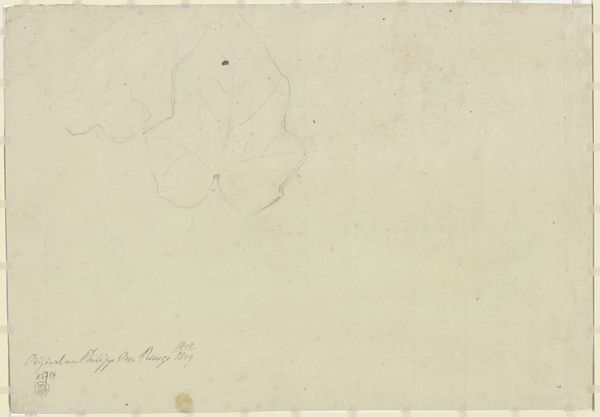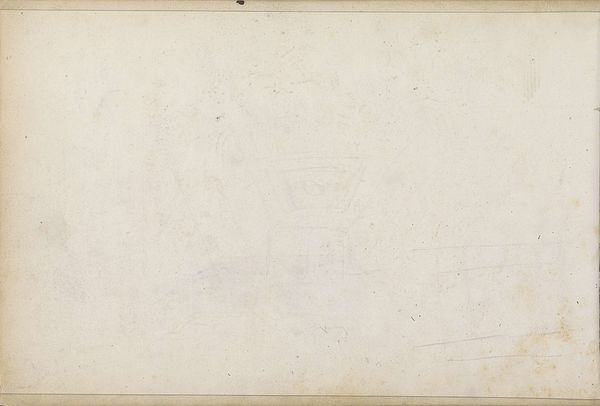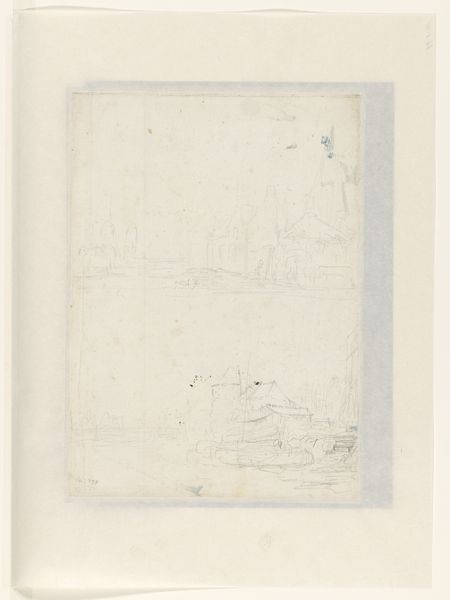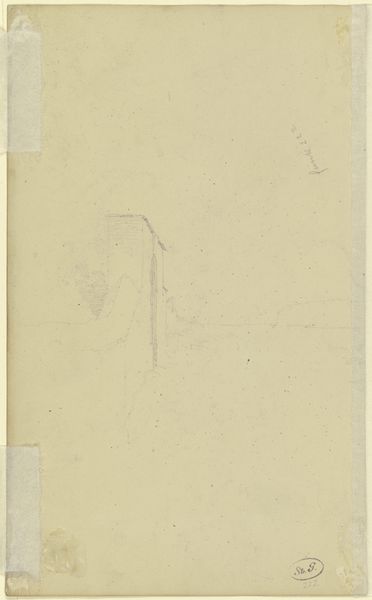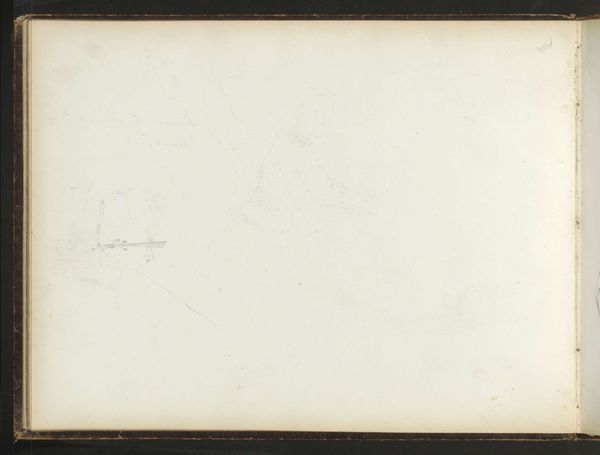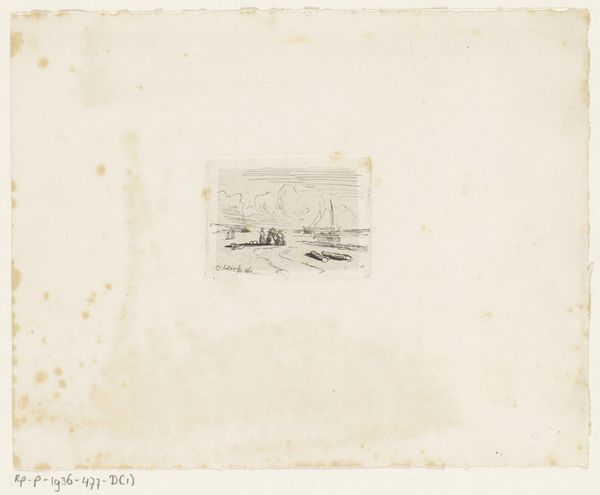
drawing, paper, ink, pencil
#
drawing
#
baroque
#
landscape
#
paper
#
ink
#
pencil
Dimensions: height 302 mm, width 211 mm
Copyright: Rijks Museum: Open Domain
Editor: This is "Sketch of a Town by a Mountain Lake," an ink and pencil drawing on paper by Johannes Glauber, dating to after 1694. It feels very dreamlike; almost faded, like a distant memory. What do you see in this piece? Curator: It's a fascinating evocation of place. Notice how Glauber uses the lake as a mirror. It isn’t merely reflecting the town, but perhaps something more. Water, in art, often symbolizes the unconscious, reflecting the hidden aspects of ourselves and the world around us. The town, nestled beside it, becomes a sort of self-portrait, doesn't it? Editor: A self-portrait of a town? That’s interesting. I hadn't considered it that way. Do you think he intended for it to be seen as symbolic, or was it just a nice view? Curator: Intention is always a tricky thing to ascertain centuries later. But consider this: the Baroque period reveled in symbolism. Glauber, as a landscape artist, was surely aware of the long tradition of imbuing natural scenes with deeper meaning. The delicate, almost ethereal lines contribute to this sense of introspection, wouldn't you agree? It's a world seen through a particular lens. Editor: So the lightness of the drawing, the ‘dreamlike’ quality I saw, actually reinforces the idea of a memory or reflection, rather than just being a casual sketch. Curator: Precisely. Think of how personal and cultural memories are encoded in architecture and the landscape. By representing the town this way, Glauber might be inviting us to consider our relationship with place and memory itself. Editor: That's really made me look at it differently. I appreciate seeing the deeper layers of meaning within what I initially thought was a simple landscape sketch. Curator: It's in exploring those layers that art truly comes alive!
Comments
No comments
Be the first to comment and join the conversation on the ultimate creative platform.

